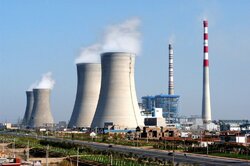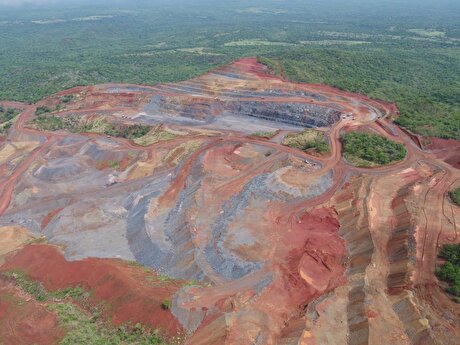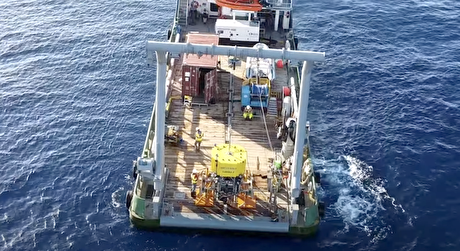
Thermal power plants’ output up 9% since late Mar.

According to the data provided by the Thermal Power Plants Holding (TPPH), currently, 538 thermal units are active in 129 power plants across the country, IRIB reported.
The total capacity of the country’s thermal power plants currently stands at 69,000 megawatts (MW), of which 46,476 MW or 67 percent is operated by the private sector and the government is in charge of the other 33 percent.
At present, the installed capacity of all power plants in the country, including thermal, hydropower, nuclear, distributed generation, renewable, and diesel, has reached 85,559 MW, of which about 81 percent is accounted by thermal power plants.
Combined cycle units with a capacity of 31,179 MW account for 36.4 percent of the total capacity of the country’s thermal power plants while gas units with a capacity of 21,992 MW have a 25.7 share, and the share of steam units is 18.5 percent with a total capacity of 15,829 MW.
Back in July, Esmail Namazi, the director-general of TPPH Research and Construction had mentioned the inactivity of hydropower plants due to drought, the rising temperature, and the increase in electricity demand, as well as the inactivity of the country’s nuclear power plants on some days as reasons for the increase in electricity generation by thermal power plants.
“Thermal power plants have tried to stay active for more hours by shortening the time of their periodic repairs and fixing occasional problems in the power plant units, to compensate the electricity generation deficit in the country,” Namazi said.
He further noted that all thermal power plants across the country are currently operating at maximum capacity, and the employees of the country's electricity industry are doing their best to keep the power plants in the grid despite the new wave of coronavirus pandemic and the extreme heat.
In the past decade, constant temperature rising and the significant decrease of rainfalls across Iran have put the country in a hard situation regarding electricity supply during peak consumption periods.
This year, however, new deteriorating factors like severe drought and the decline in the country’s water resources as well as a new wave of illegal cryptocurrency mining across the country have also worsened the situation.
Iran's Power Generation, Distribution, and Transmission Company (known as Tavanir) has previously announced that the company is implementing over 40 different programs for managing the situation and to prevent blackouts in the country, however, so far these programs do not seem to be working as expected.
Source: Tehran Times


Gold price eases after Trump downplays clash with Fed chair Powell

Copper price hits new record as tariff deadline looms

Brazil producers look to halt pig iron output as US tariff threat crimps demand

Three workers rescued after 60 hours trapped in Canada mine

US targets mine waste to boost local critical minerals supply

Titan Mining targets Q4 2025 to become only integrated US graphite producer

Energy Fuels surges to 3-year high as it begins heavy rare earth production

Glencore workers brace for layoffs on looming Mount Isa shutdown

Resolute publishes initial resource for satellite deposit near Senegal mine

Gold price could hit $4,000 by year-end, says Fidelity

Southern Copper expects turmoil from US-China trade war to hit copper

Ramaco Resources secures five year permit for Brook rare earth mine in Wyoming

Column: EU’s pledge for $250 billion of US energy imports is delusional

Finland reclaims mining crown as Canada loses ground

Gold price down 1% on strong US economic data

Trump’s deep-sea mining push defies treaties, stirs alarm

Chile’s 2025 vote puts mining sector’s future on the line

Gold price retreats to near 3-week low on US-EU trade deal

China’s lithium markets gripped by possible supply disruptions

Gold price could hit $4,000 by year-end, says Fidelity

Southern Copper expects turmoil from US-China trade war to hit copper

Ramaco Resources secures five year permit for Brook rare earth mine in Wyoming

Column: EU’s pledge for $250 billion of US energy imports is delusional

Gold price down 1% on strong US economic data

Trump’s deep-sea mining push defies treaties, stirs alarm

Chile’s 2025 vote puts mining sector’s future on the line

Gold price retreats to near 3-week low on US-EU trade deal

China’s lithium markets gripped by possible supply disruptions















